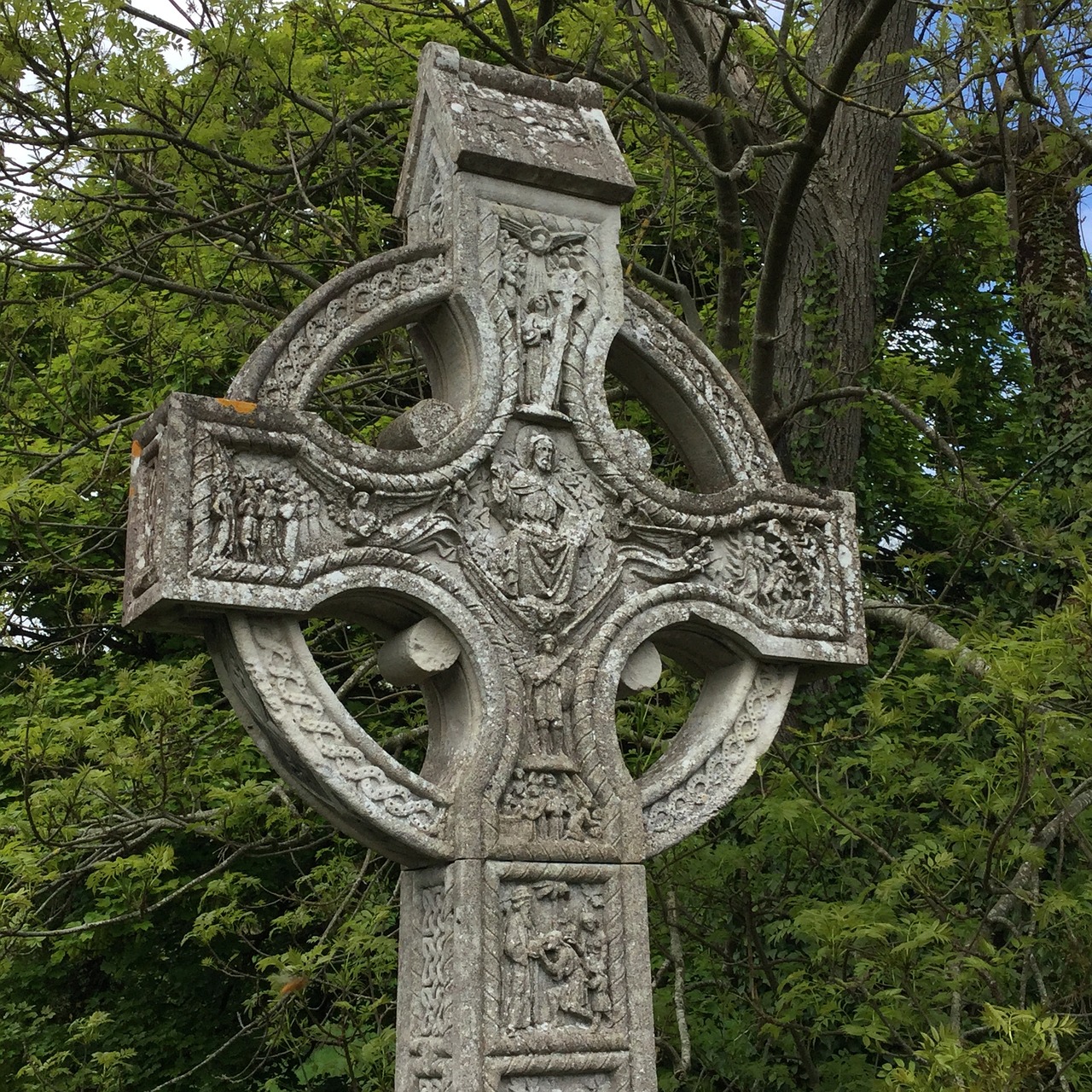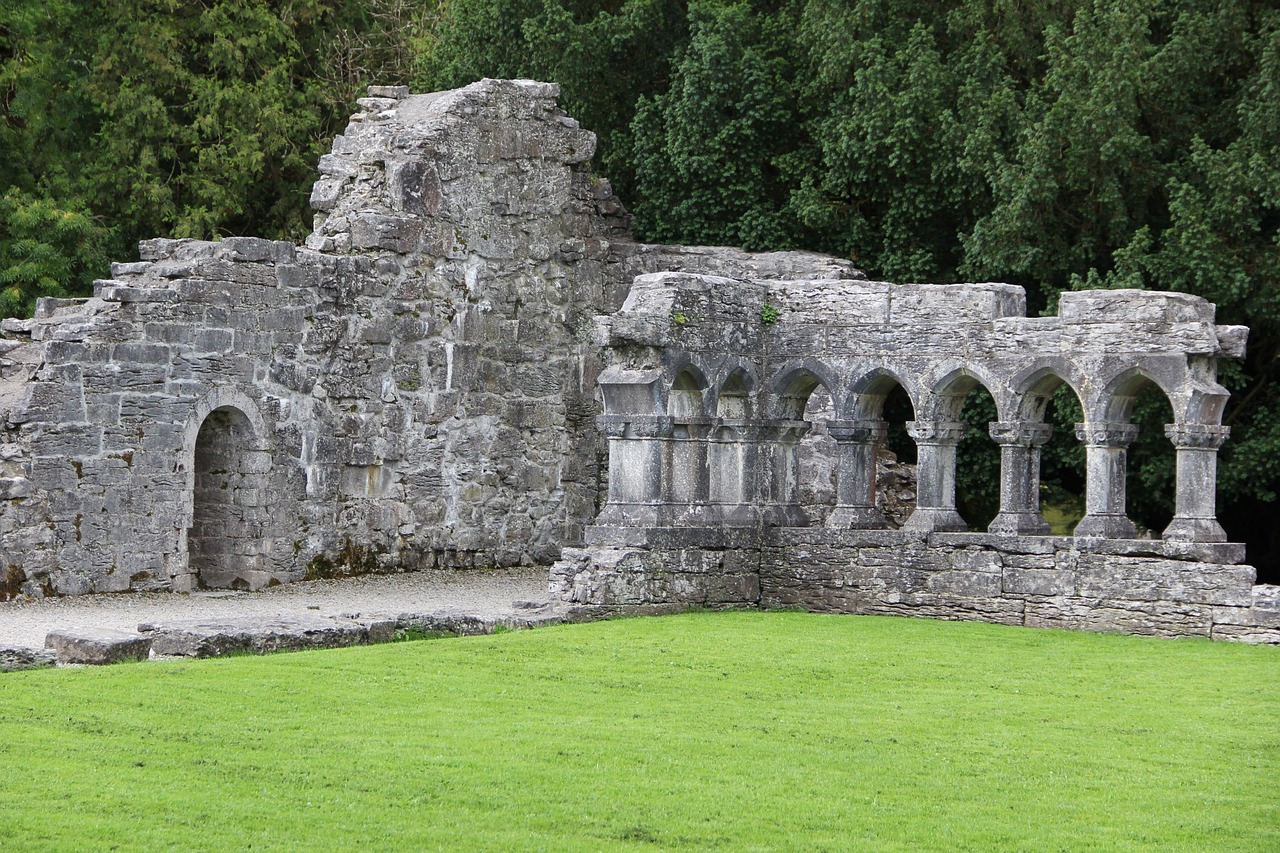Celtic Mythology
-

Lugh the Shining One: A Pillar of Celtic Mythology Introduction Lugh, revered as the shining one, stands as a pivotal figure within Celtic mythology, known for his exceptional abilities in warfare and mastery over a variety of arts and crafts. His title, Lugh Lamhfada, which translates to “Lugh of the Long Arm,” emphasizes his far-reaching…
-
In the enchanting landscapes of Scotland, should you come across an unusually sized bird, you might be witnessing a heron or a capercaillie, both iconic to the country’s natural heritage. However, there’s a chance it could be the elusive Boobrie. The Boobrie is a legendary creature, believed to possess the ability to change its form…
-
Background Balor served as a formidable chieftain among the Formorians, a sinister and demonic race that relentlessly dominated the Tuatha De Danann. His life came to a tragic end at the hands of his grandson, Lugh, during the Battle of Moytura, an event foretold by prophecy. The impact of Balor’s defeat was so catastrophic that…
-

Mythology often highlights heroes and saviors, but it also embraces the characters of tricksters and jesters. One such figure in Irish mythology is Bres, a king who is neither revered nor loved, embodying more folly than grace. Bres: The Enigmatic King Labeling Bres as a deity amidst the pantheon of Celtic gods is misleading. While…
-
Overview Taranis, the Thunderer, is recognized as the pan-Celtic deity associated with storms and thunder. Revered for his crucial role in various Celtic belief systems, he is often linked to inclement weather and the sacred wheel, though details about his worship remain scarce. Etymology The name Taranis translates to “thunder,” deriving from the Proto-Celtic term…
-

Understanding the Each Uisge: Scotland’s Most Fearsome Water Spirit Often confused with their smaller and less perilous counterpart, the Kelpie, the Each Uisge holds a notorious reputation as one of the most menacing water spirits throughout Scotland and the broader British Isles. This mix-up is understandable due to shared attributes. Both the Each Uisge and…
-

Epona – The Celtic Divine Equine Figure Dedicated to you, Sacred Mother, it has been presented. We offer to you, Atanta, this sacrificial horse, meticulously acquired for you, goddess Epona. Let it bring you satisfaction, mighty Potia, as we devote it to you. Through this offering, swift Ipona, alongside a filly, goddess Epotia, we seek…
-
Exploration of the Name Camulos: Meaning, Pronunciation, and Significance The name Camulos has various interpretations regarding its meaning. Olmsted describes it as “of Conflicts” or “the Warrior,” while Delamarre suggests it translates to “Champion or Servant.” Olmsted remains uncertain about its etymology. In contrast, Delamarre argues convincingly for a connection with a rare Old Irish…
-
Understanding Nuada’s Silver Hand: A Deep Dive into Its Symbolism I. Introduction Nuada, a pivotal character in Celtic mythology, embodies themes of leadership, valor, and the profound interplay between loss and healing. As the sovereign of the Tuatha Dé Danann, he personifies the intricacies of power and the trials that rulers encounter. Central to his…


